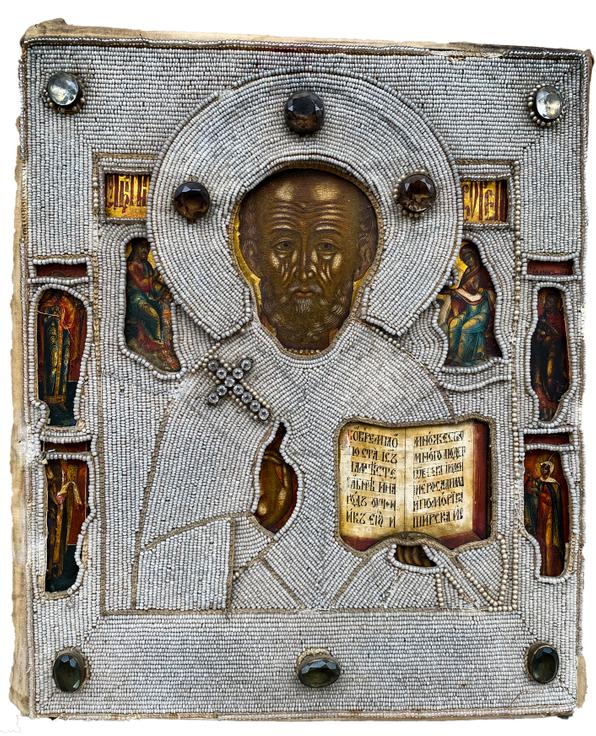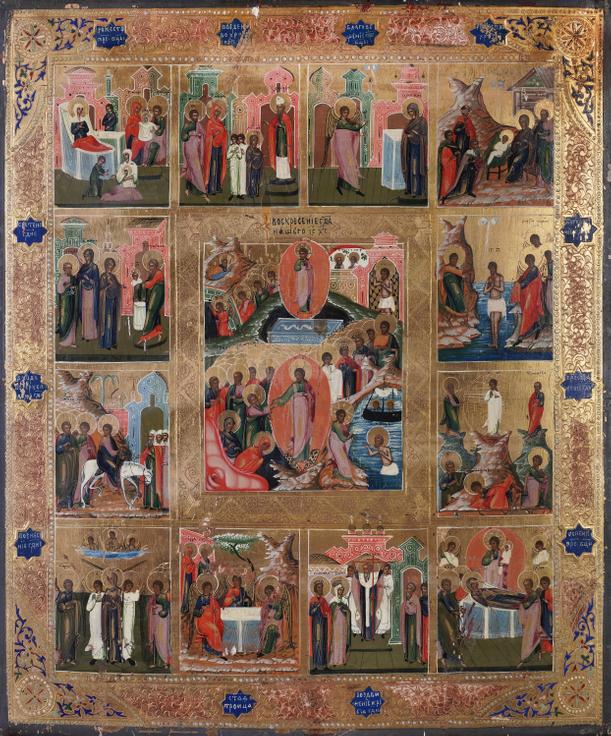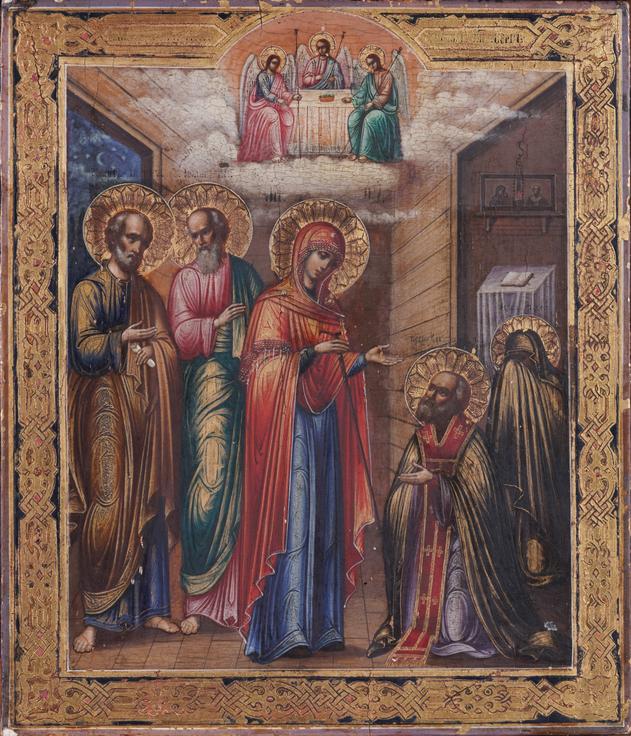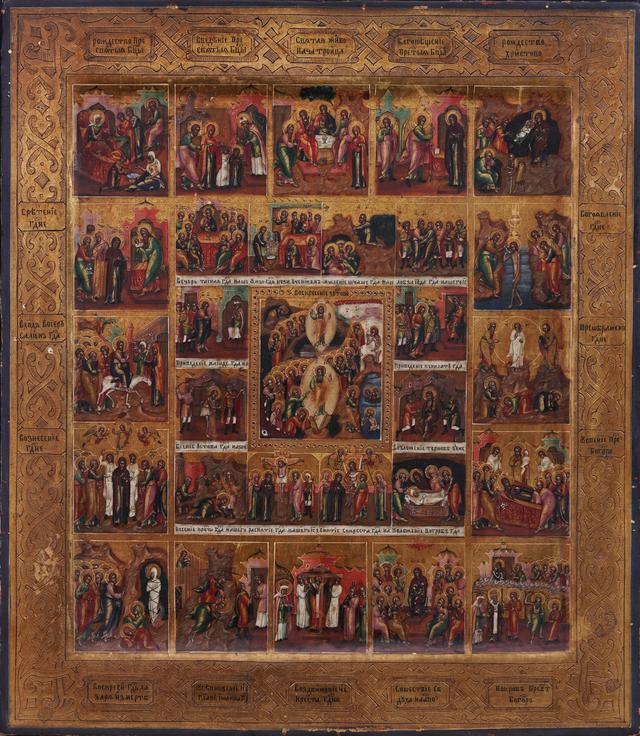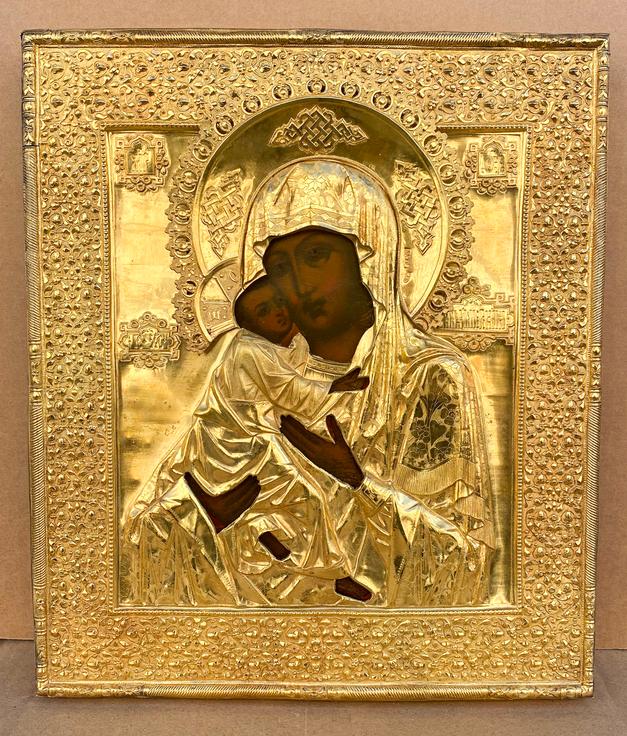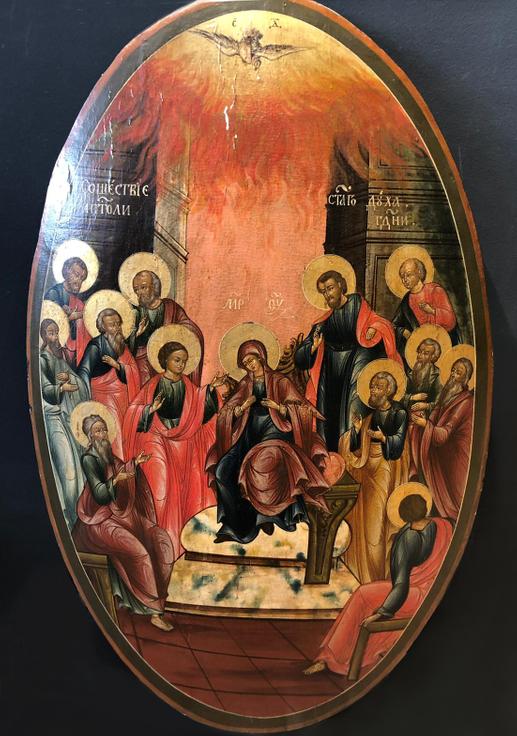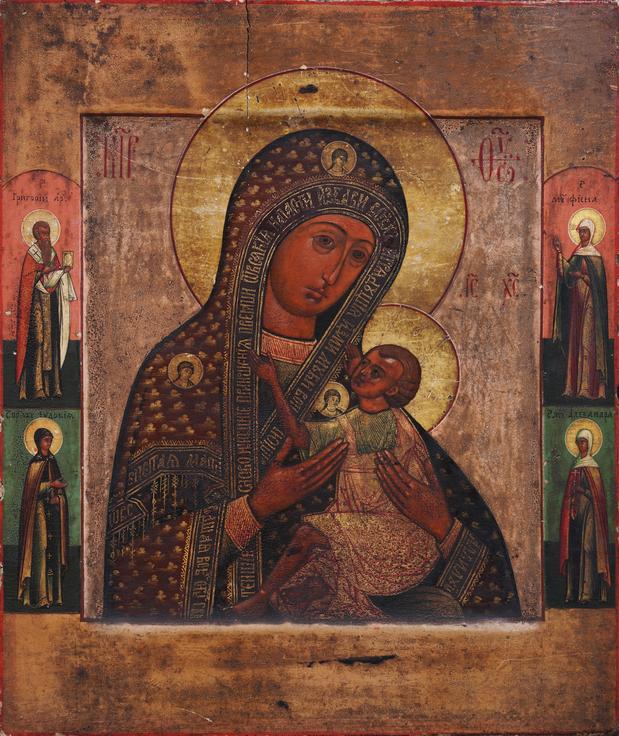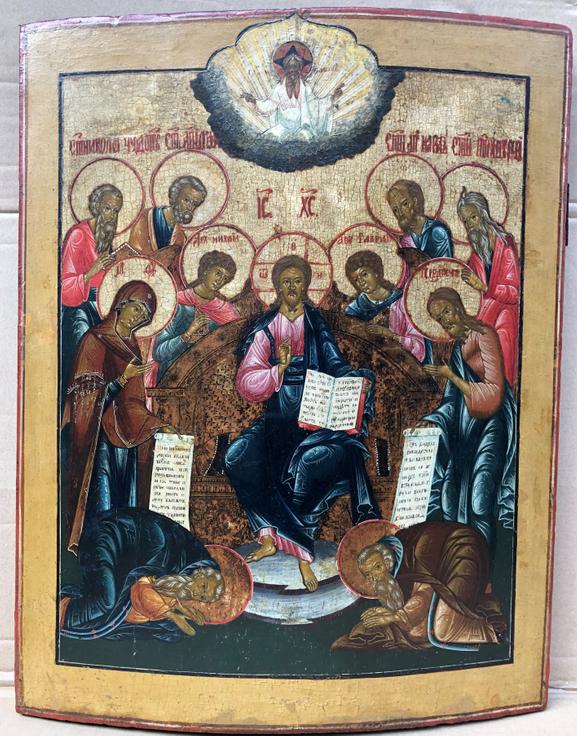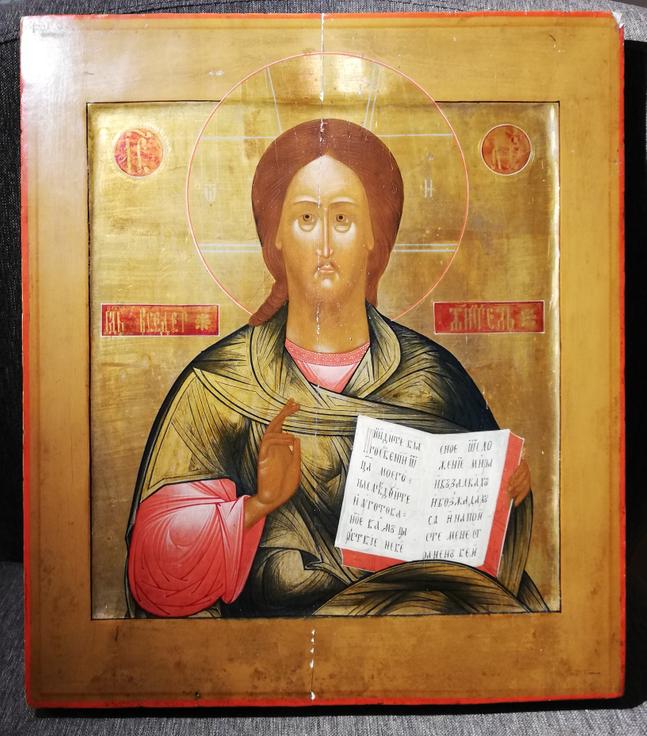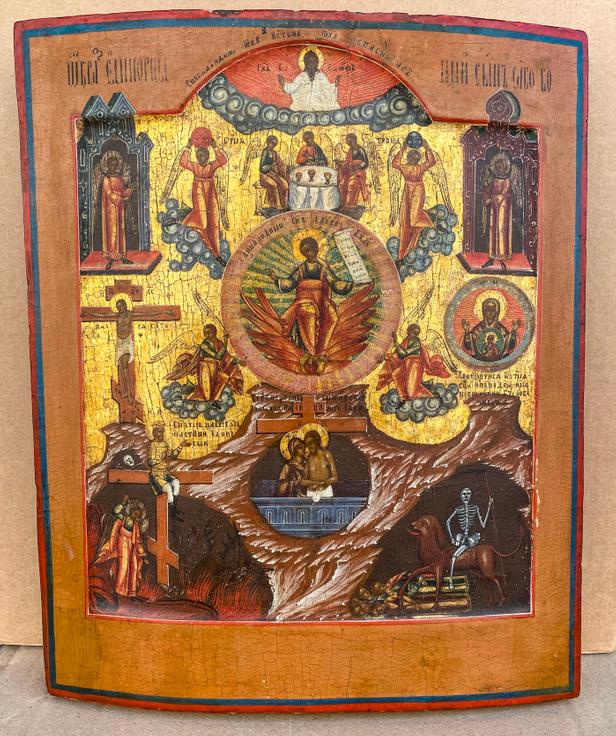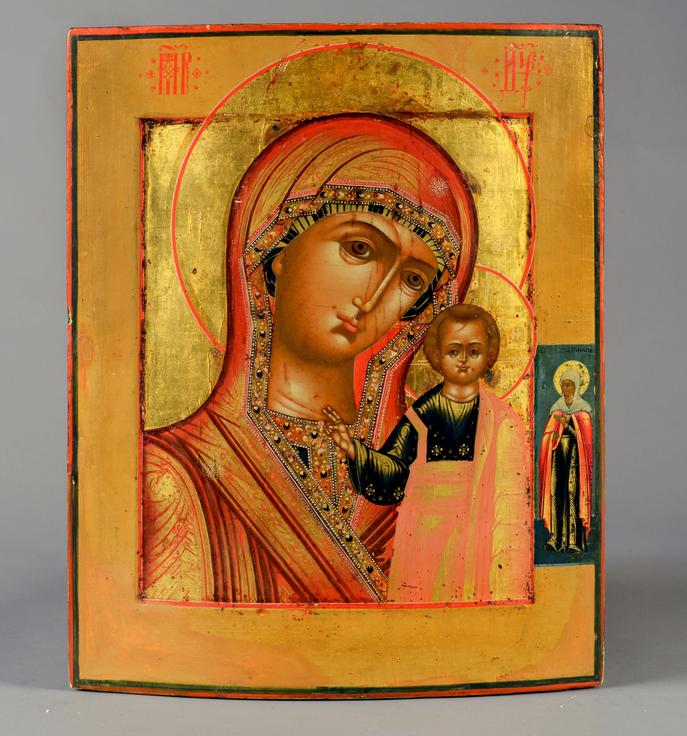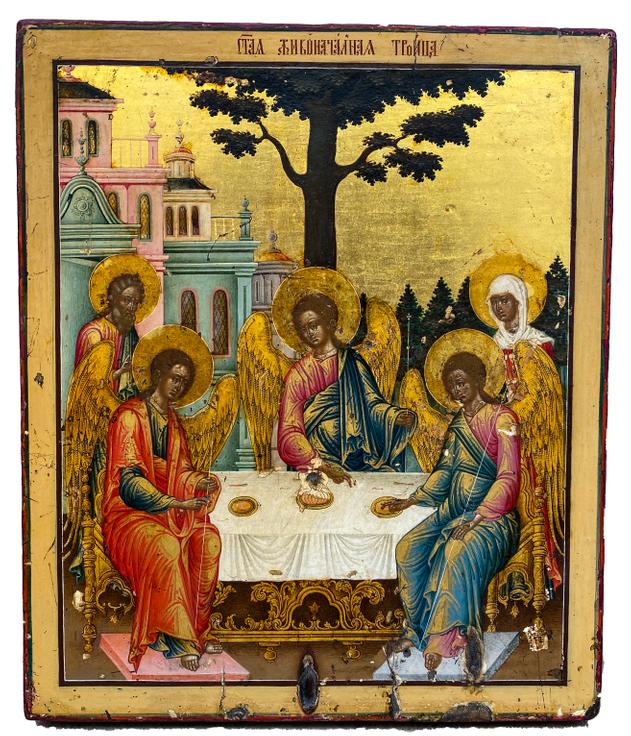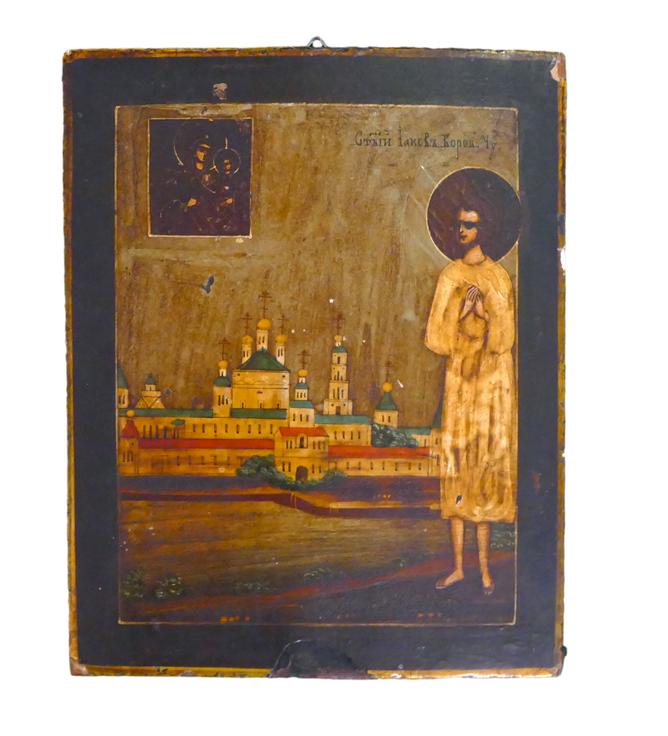Icons
VENTES PRIVÉES
et autres services
Hermitage Fine Art propose des ventes privées aux clients qui souhaitent acheter et vendre des œuvres d'art en dehors des ventes aux enchères publiques. Nous avons accès à une variété d'importantes collections privées dans le monde entier, dans diverses catégories, notamment les beaux-arts, y compris l'art moderne et contemporain, les photographies, les vins et spiritueux, les pièces d'horlogerie, les bijoux, le design et les objets de Vertu, les objets russes et est-européens, l'argenterie et les icônes, et plus encore.
Si vous souhaitez acheter, notre équipe sera en mesure de trouver ce qui correspond à vos attentes, en effectuant des recherches et en demandant une expertise en votre nom. Nous pouvons également vendre votre collection en toute discrétion à des prix convenus d'un commun accord entre les deux parties.
Pour de plus amples informations, veuillez nous contacter directement par téléphone ou email.
Œuvres disponibles pour
achat immédiat
Œuvres disponibles pour
achat immédiat
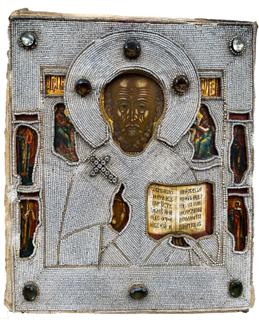 Demander
Demander
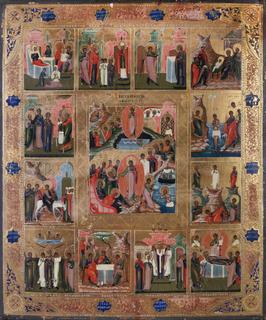 Demander
Demander
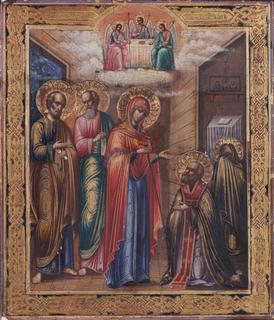 Demander
Demander
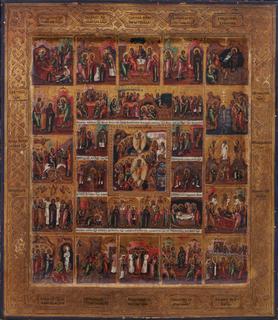 Demander
Demander
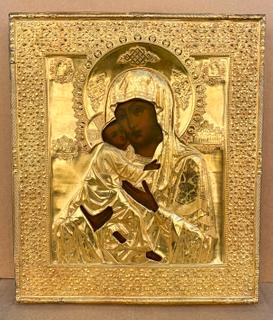 Demander
Demander
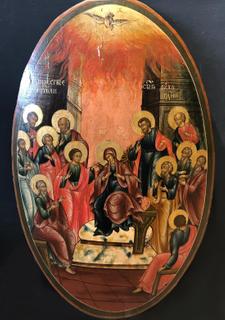 Demander
Demander
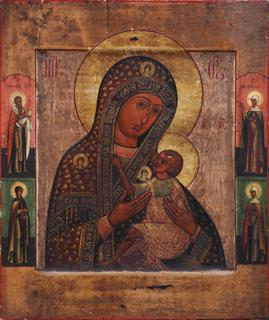 Demander
Demander
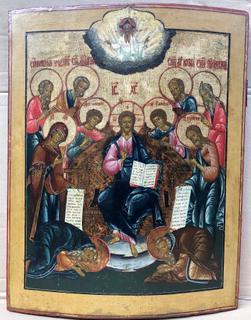 Demander
Demander
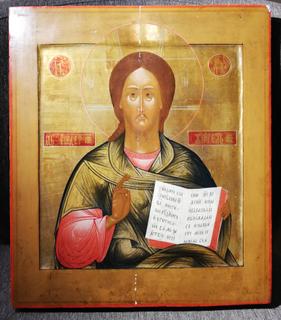 Demander
Demander
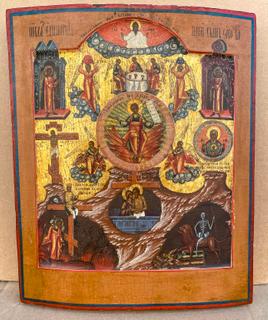 Demander
Demander
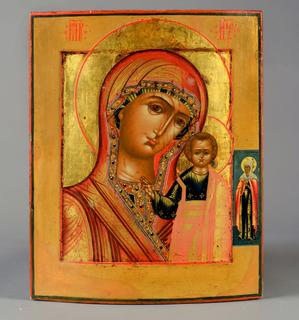 Demander
Demander
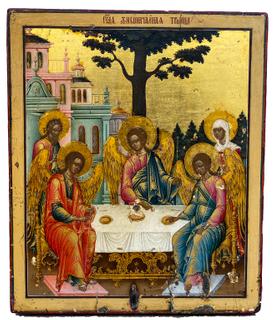 Demander
Demander
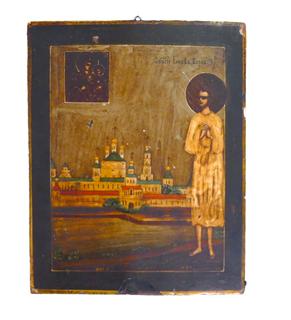 Demander
Demander
